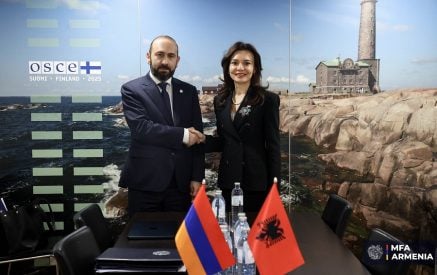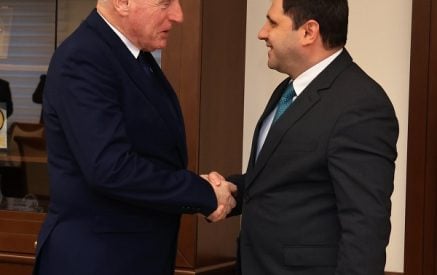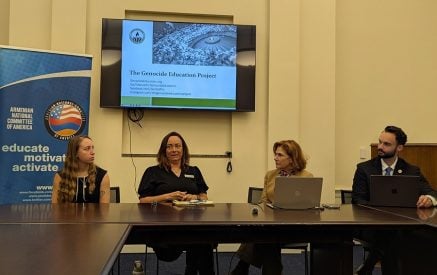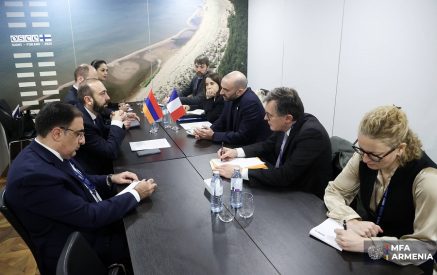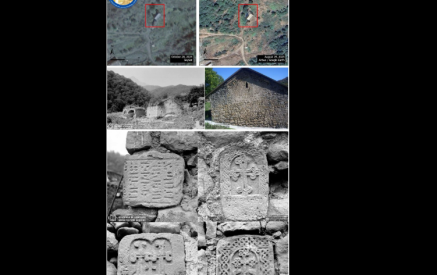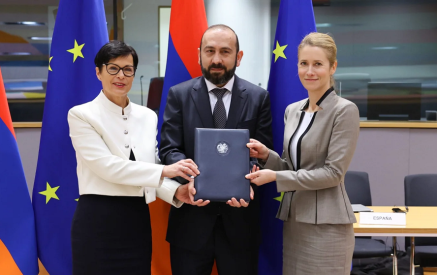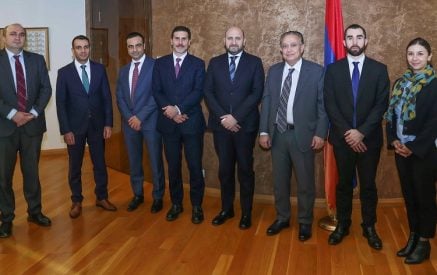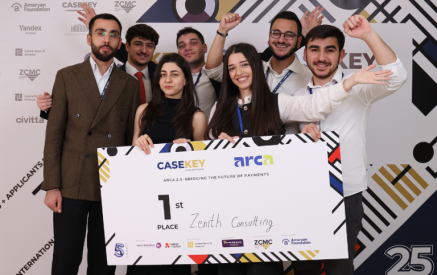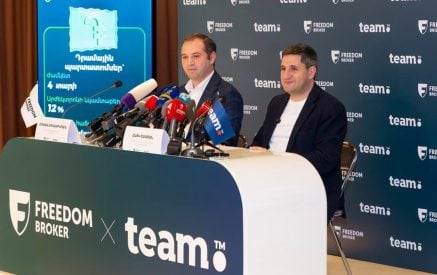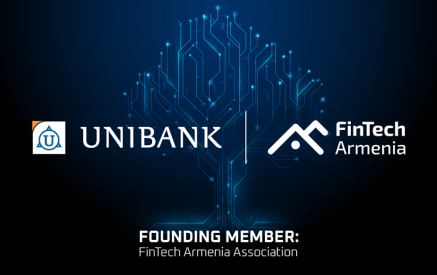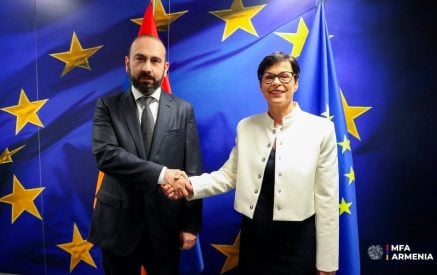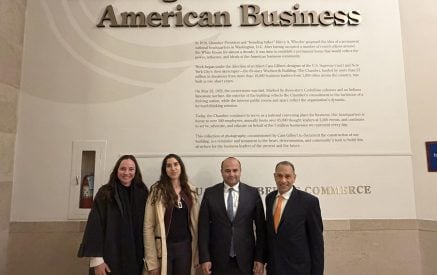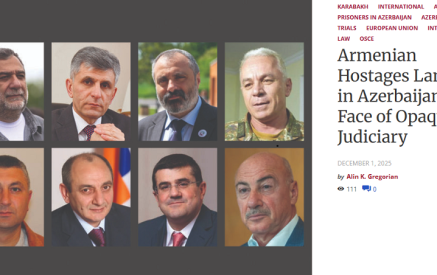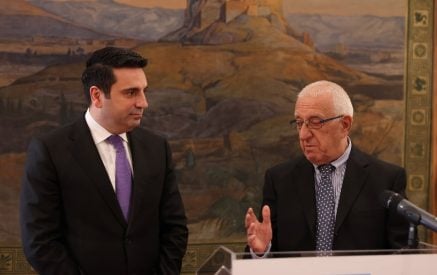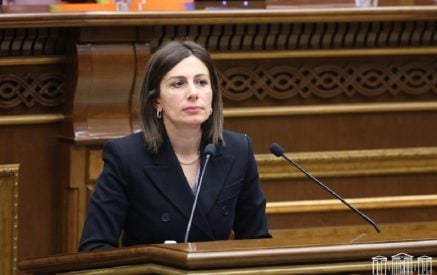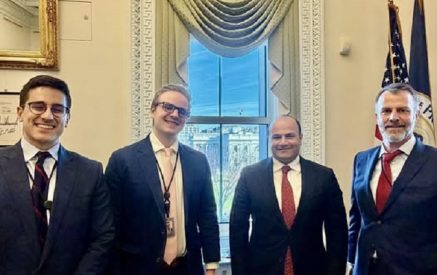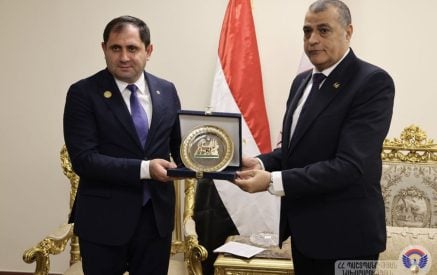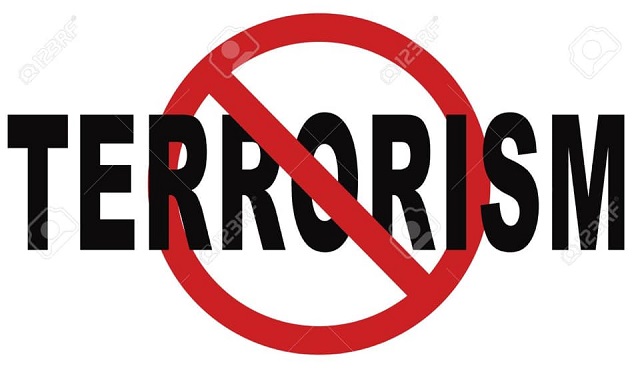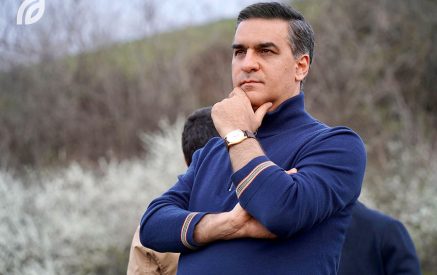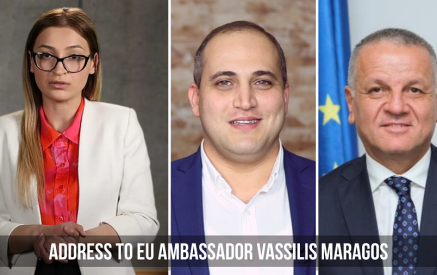The Human Rights Defender’s Office of Armenia is currently conducting a study comparing the methods of atrocities and inhuman treatment inflicted on the bodies of Armenian servicemen, prisoners of war and civilians by the Azerbaijani Armed Forces with the methods of atrocities and inhuman treatment used by Islamic State (ISIS) and/or other terrorist groups.
Our preliminary findings evidence patent similarities.
For example, in both cases, parts of the victim’s body are mutilated or the victim is tortured or humiliated. This is followed by photographing or videotaping the atrocities and published publishing them.
The publications themselves are not made by chance; they are distributed with special intention to ensure wide distribution and constant, repeated exposure. In addition, in both cases, all social media resources are used for wide dissemination.
Read also
The purpose is clear: to gain public praise for the atrocities committed, to showcase the inhuman treatment, and to demonstrate a purported advantage.
Another common element in both sets of atrocities is the clear intent to cause as much mental pain and/or suffering to family members or relatives of the victim as possible. For example, in both cases, perpetrators inform the family of the victim about a beheading. It is done with exceptional cynicism and clear hatred.
The driving intent in both circumstances is to do everything possible to prolong, as much as possible, the family’s mental pain and suffering. For example, perpetrators warn a family member 5-6 hours prior to posting that they will be posting a photo of a slain soldier on the Internet and thus torturing the family for such period of time as well.
Another important similarity identified in both instances is the use of the above tactics to spread stress, panic and anxiety in society.
For example, the perpetrators spread hateful material from the social media pages of their Armenian captives or they post videos and photos of war atrocities on Armenian social media pages while spreading hatred against ethnic Armenians.
These matters and others are under the attention and inspection of the Human Rights Defender of Armenia. The research, when finalized, will be formally presented to relevant international bodies. Further publications will be made as needed.
Arman Tatoyan
The Human Rights Defender of Armenia

























